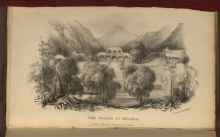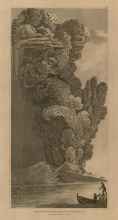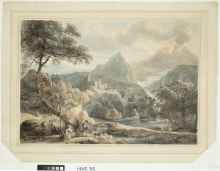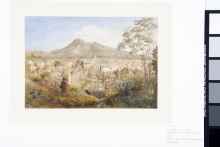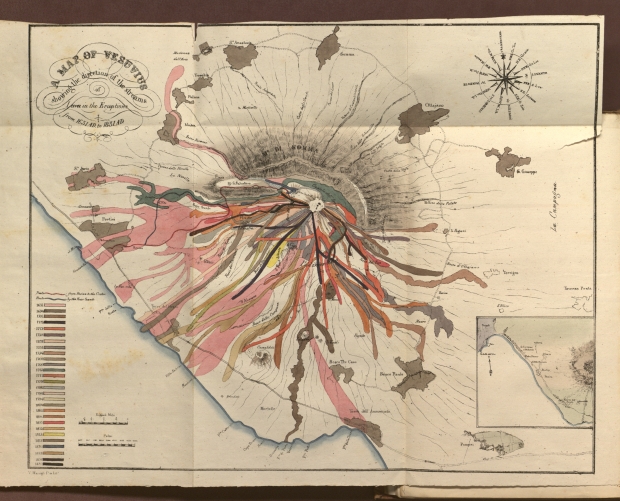The Briars St. Helena
This image of Mount Helena marks a turning point for volcanic depictions in Romantic culture. The fear and awe once evoked by images of rampant volcanoes is little more; instead, Mount Helena is seen as powerless and at rest. One could draw a political parallel to Napoleon as he is also “at rest,” lacking the power he once possessed.

